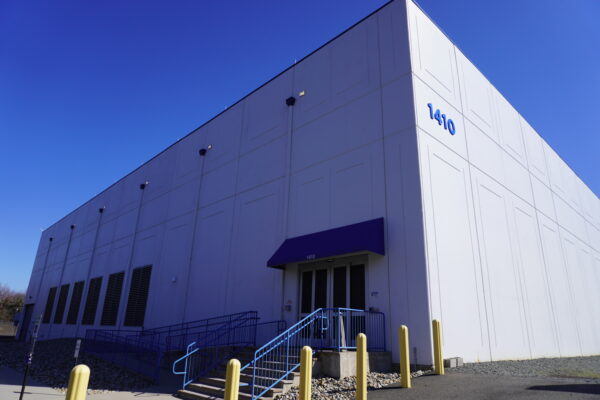
Bloomberg TV: Undersea Cables at NJFX
Red Sea conflict threatens Key Internet Cables. Maritime attacks complicate repairs on underwater cables that carry the world’s web traffic.
As we realize connecting virtually is crucial to our current reality, we understand the infrastructure enabling that connection has never been more important. Today, solid network infrastructure with reliable and diverse paths is not a “nice to have”, it’s a must-have.
Originally published by Data Center Dynamics on May 18, 2020.
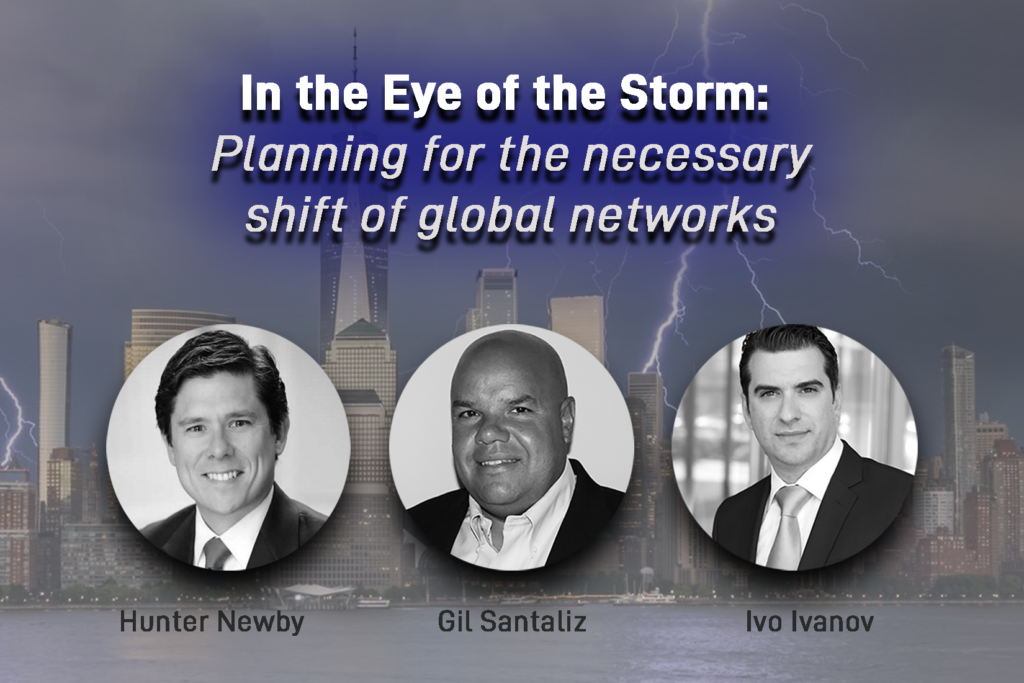
WALL TOWNSHIP, NJ – In the past, we might have seen a need to reroute or redirect traffic for a brief period. Disaster recovery companies were the norm, providing an alternative for a day or two. Hurricane Sandy, which hit the US east coast back in 2012, taught us that having a network route around New York could offer much needed increased resiliency, and that was eye-opening. Today, the game plan is not “what is my back up plan for the next two days?”, but “where do I go for the next three months?”
Carriers need to re-route traffic and it must be working from the DR sites. Or, consider if you have a remote workforce, do you have a plan for your US employees to interact with your Frankfurt and London offices, using your home internet connection? It still needs to be secure. It still needs to go through a centralized data center on both sides of the pond. Again, all the employees have to be able to get into those data centers via home modems to make sure traffic can then go across the subsea cables between Europe and the United States.
Avoiding single points of failure
So, keeping this all mind, we should be wondering whether the carriers and multinational enterprises truly know how their networks are orchestrated so they can avoid single points of failure. If you have an international or domestic network issue, but you don’t know how your network has been routed or you don’t know how you access your subsea cable, you really can’t have confidence in your network reliability.
Now more than ever, we need to know how our networks work. We need cable diversity, both terrestrially and at the subsea level. If, for example, the U.S. pandemic epicenter – New York City – will be under quarantine for an extended period and you potentially need to re-route your traffic, what do you do? Do you know who to call and can you count on them to be able to do it? Hopefully, someone on your team thought through the ‘what-ifs’, put it into the network agreements so that re-routes could be done without having to physically travel to lower Manhattan.
The NY metro area survived 9/11, but with all the major carrier hotels in one concentrated area, it was a challenge. Back then, we were all focused on it. We said we can never let that happen again. So, many of the data centers went to New Jersey. Then, Hurricane Sandy hit, and we said we have to make sure we have alternate sites and alternate ways to do things. But they left all the international communications — the subsea system network hubs — in NYC. The data was sitting outside NYC, but all the important interconnection points for the global networks were left in Lower Manhattan. Legacy subsea systems, the ones built between 1999 and 2004, are still handing off 85 percent of their traffic through Lower Manhattan. That’s a staggering amount of voice and data concentrated in one area.
However, companies like DE-CIX are expanding beyond the original lower Manhattan hub. The company offers peering by having a point-of-presence in 15 facilities in and around the Tri-State area, creating a metro ring of service for ISPs.
“Our model relies on distribution. The more facilities we can enable and all to the same virtual platform, the better. From the customer’s perspective, it is extremely important for all types of networks. While you may be physically shut in, you are digitally free and it has never been more obvious that freedom is crucial and must be delivered reliably,” states Ivo Ivanov, COO of DE-CIX. “Every single type of network wants to rely on this, streaming platforms like Netflix and Amazon Prime, collaboration platforms like WebEx and Zoom, gaming platforms, financial services, healthcare and supply chain. The beauty is in the diversity. We need this diverse and robust ecosystem to grow.”
In this current crisis, 80 percent of all major US providers are present at NJFX. In my mind, the world’s fastest-growing internet exchange, DE-CIX, is leading the way. We have some of the previous challenges covered, such as having control of the property, fiber points and entry manholes, along with an ecosystem consisting of seven independent facility-based terrestrial telecommunications operators (some with dual underground systems), four physical subsea cables with SLTE gear – all interconnecting three continents. The largest internet operators are all present.
Hunter Newby, Owner of Newby Ventures was one of the original architects of the modern colocation facility with meet-me rooms, cross-connects and network interconnection all in one place. “Change is the only constant. This is an evolution, not a journey, it doesn’t end with one thing. I was around when (the last round of) new subsea cables were being built. The next generation is coming, and it’s logical that the new subsea cables may not be terminating in the same facilities on the east coast,” comments Newby. “There must be vision and foresight as we plan for the next generation of connectivity.”
The beauty of the telecoms industry is that it is always evolving. Through collaboration, strong partnerships and leveraging new architecture models we, as an industry, can better prepare and ensure continuity of global communications. No matter what may come our way. The future is bright, let’s work together.
###
About NJFX:
NJFX is a Tier 3 Carrier Neutral Cable Landing Station campus. Our colocation ecosystem has expanded to over 35 network operators offering flexibility, reliability, and security. Our Wall, NJ location provides direct access to multiple subsea cable systems giving our carriers diverse connectivity solutions and offers direct interconnection without recurring cross-connect fees.

Red Sea conflict threatens Key Internet Cables. Maritime attacks complicate repairs on underwater cables that carry the world’s web traffic.
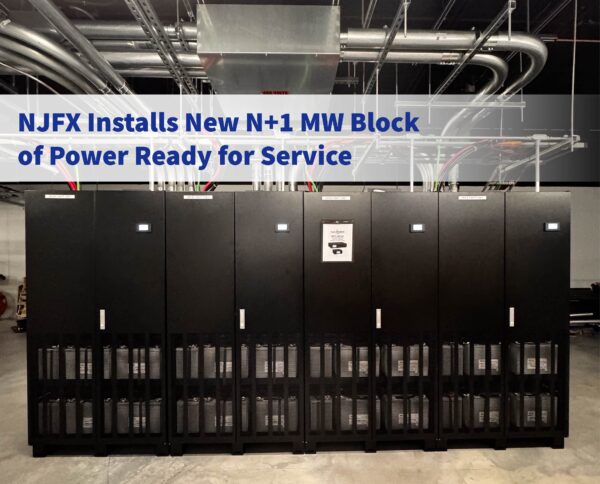
Red Sea conflict threatens Key Internet Cables. Maritime attacks complicate repairs on underwater cables that carry the world’s web traffic.
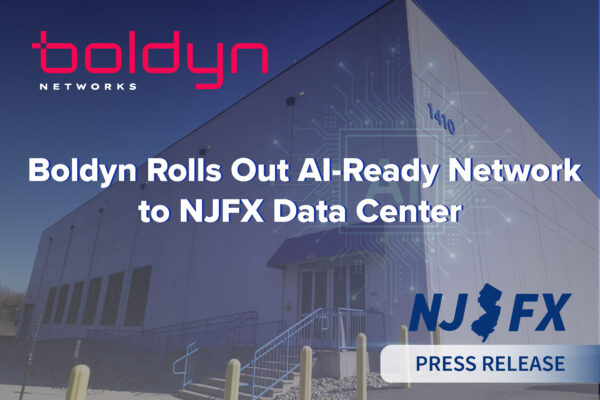
Red Sea conflict threatens Key Internet Cables. Maritime attacks complicate repairs on underwater cables that carry the world’s web traffic.
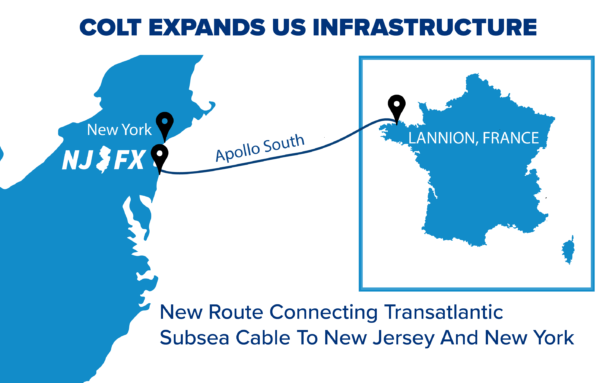
Red Sea conflict threatens Key Internet Cables. Maritime attacks complicate repairs on underwater cables that carry the world’s web traffic.
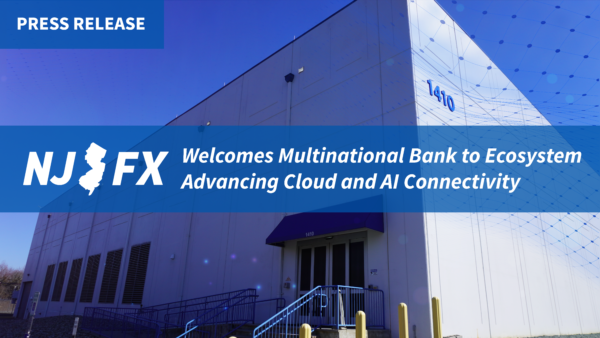
Red Sea conflict threatens Key Internet Cables. Maritime attacks complicate repairs on underwater cables that carry the world’s web traffic.
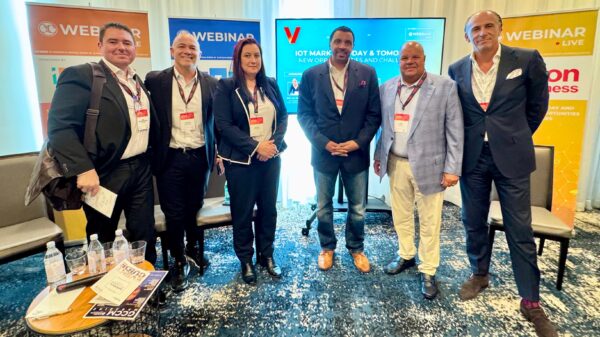
Red Sea conflict threatens Key Internet Cables. Maritime attacks complicate repairs on underwater cables that carry the world’s web traffic.

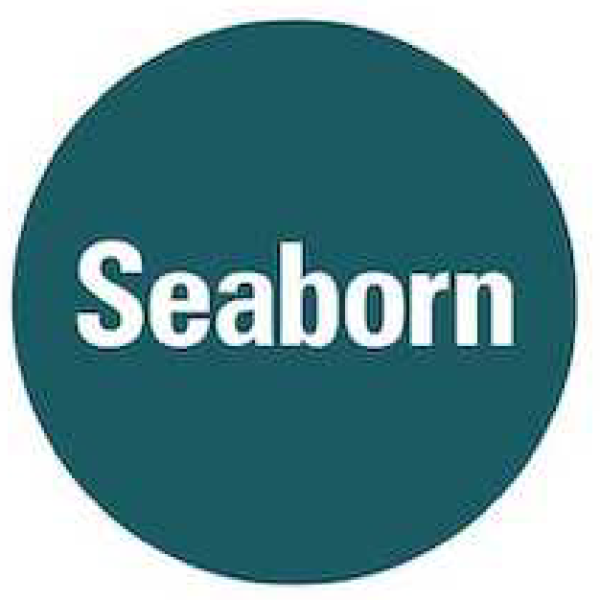







Experience the flexibility, reliability, and security yourself
